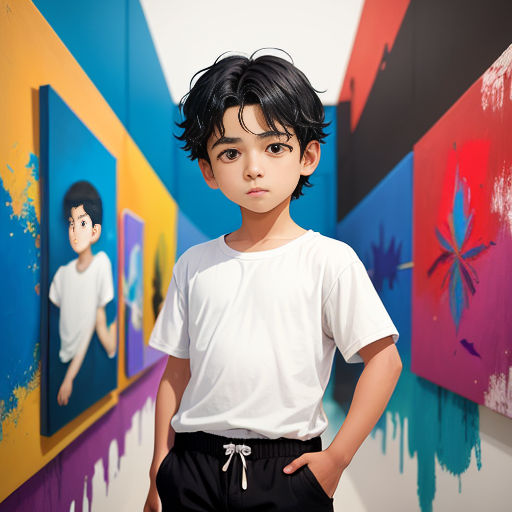
The Colorful Journey of Pablo Picasso
By Storybird

17 Sep, 2023

Pablo Picasso was born in 1881, in the classic city of Malaga, Spain. His father, an art professor, quickly noticed his son's incredible talent.
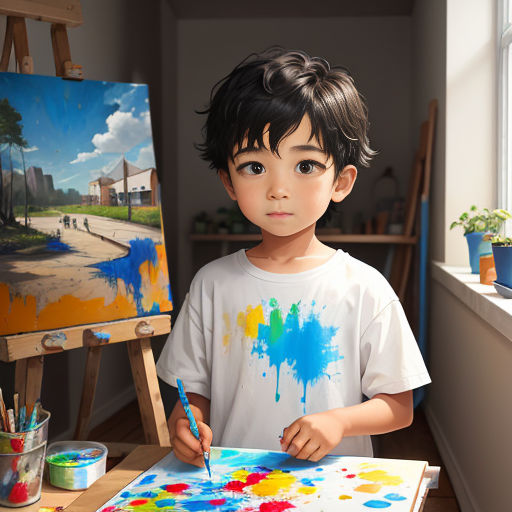
The tiny Picasso, under his father's guidance, started to paint from a very young age. His first words were "piz, piz" – a short form of lapiz, the Spanish word for pencil.
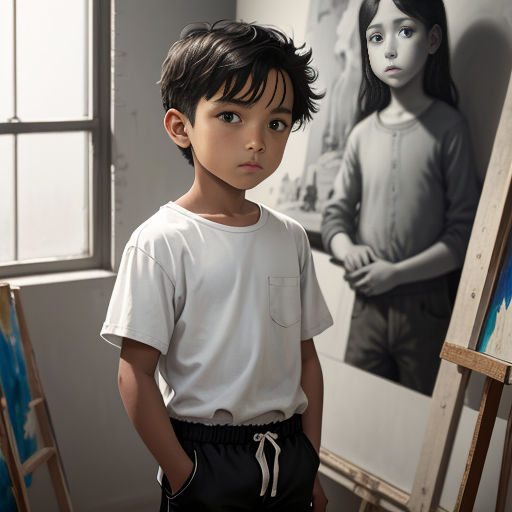
Picasso’s first large painting, “The First Communion”, was completed when he was just 15. This work definitely showed his talent, hinting at the great artist he would become.

Picasso moved to Madrid in his late teens to attend the Royal Academy of San Fernando. However, he did not appreciate the school’s strict rules and regimen.
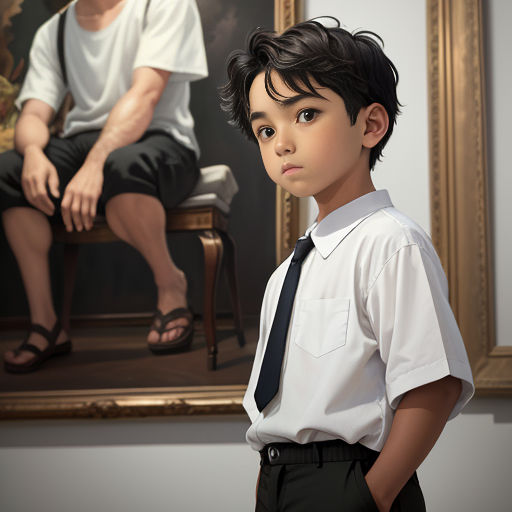
Picasso started exploring Madrid's Prado Museum, where he was particularly drawn to the works of Diego Velázquez and Francisco Goya. This laid the basis for his unique artistic style.

He then moved to Paris, the art hub of the world. There, Picasso lived in a small, shabby apartment with his friend Max Jacob, a poet, and journalist.

During this period, Picasso painted largely in blue shades, indicating his struggle with poverty and depression. This phase came to be known as his Blue Period.
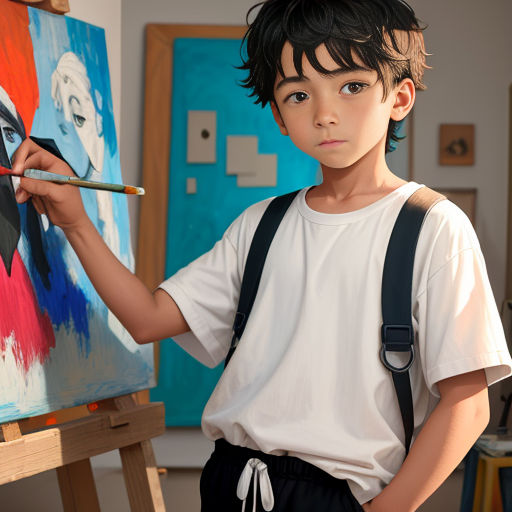
Following the Blue period, Picasso's style changed, and he started using more pink and orange hues. This period is known as his Rose Period.

His Rose Period work, “The Boy with a Pipe”, was sold at an auction for an astounding $104 million, setting a new record at the time.
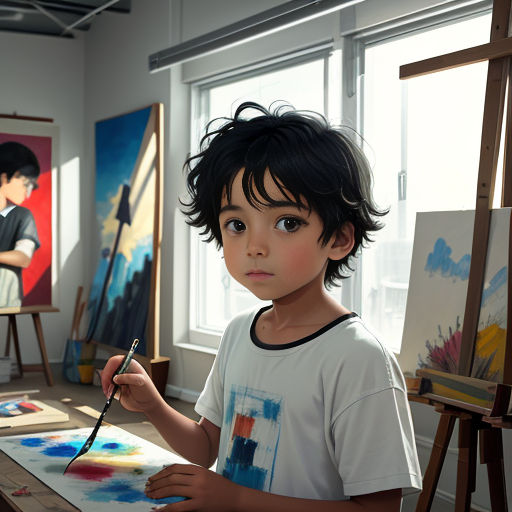
Picasso’s exploration of different artistic styles led him to co-found Cubism, which is still considered one of the most influential art movements of the 20th century.
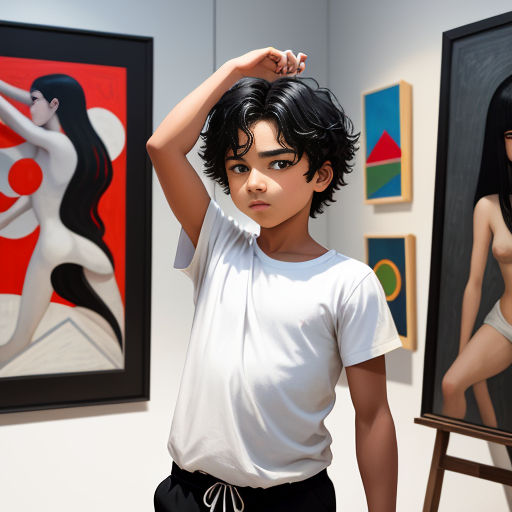
'The Young Ladies of Avignon', a hallmark of cubism, depicted five nude females in angular, abstract forms. This was a big departure from traditional European painting.
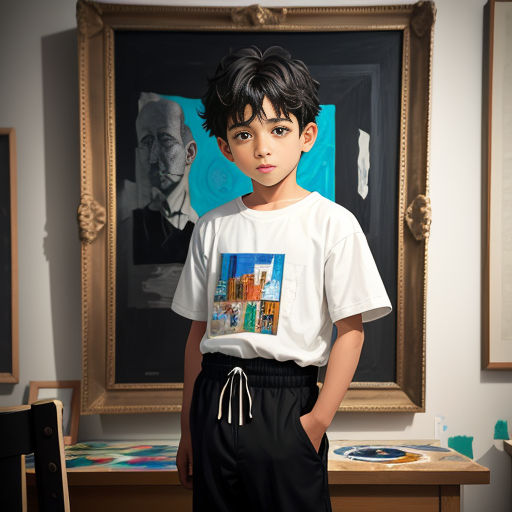
Picasso’s personal life was as colorful as his artistic career. He was married twice, and had four children. His relationships often had a strong influence on his work.
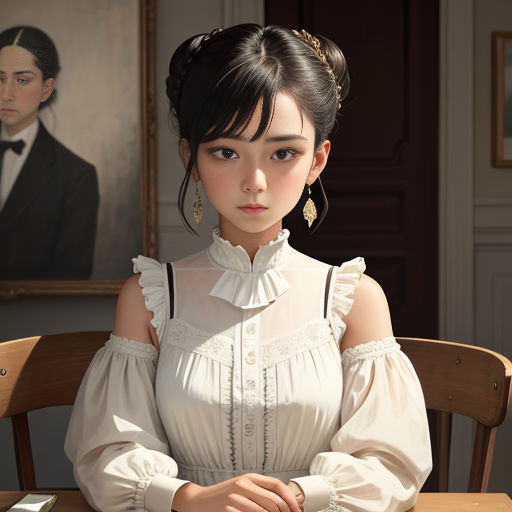
His first wife, Olga Khokhlova, was a ballerina. Picasso painted her many times, one of the most famous works being 'Portrait of Olga in an Armchair.'
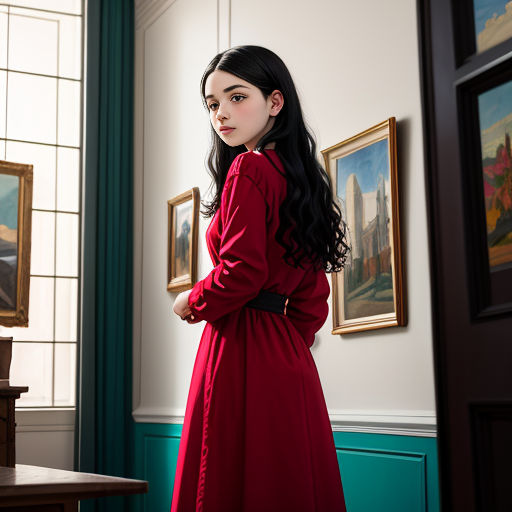
After Olga, Picasso had many lovers. One of them was Marie-Thérèse Walter, who became the muse for numerous Picasso’s works during their secret relationship.

Picasso’s second wife was Jacqueline Roque. She was with him during his later years until his death, and inspired a great deal of his late work.
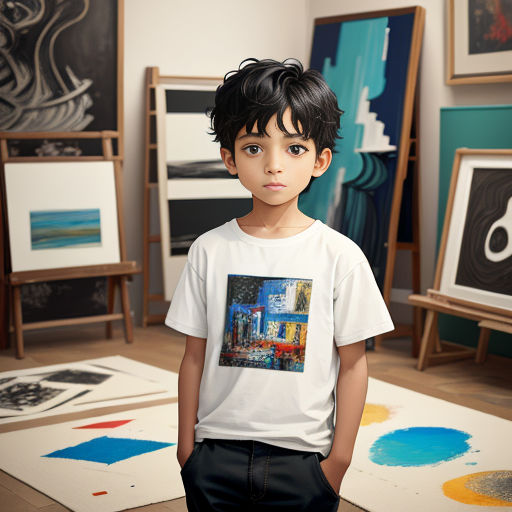
Picasso was incredibly prolific throughout his career. He created an estimated 50,000 artworks, including paintings, drawings, sculptures, ceramics, prints, textiles, and rugs.
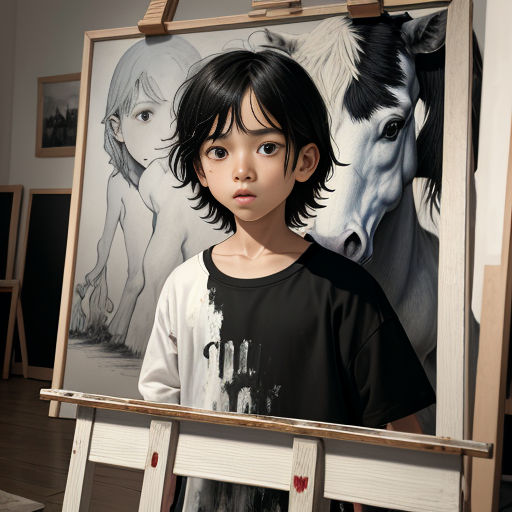
Picasso's "Guernica" was created in response to the bombing of Guernica, Spain, by German and Italian warplanes. It's one of his most famous works.
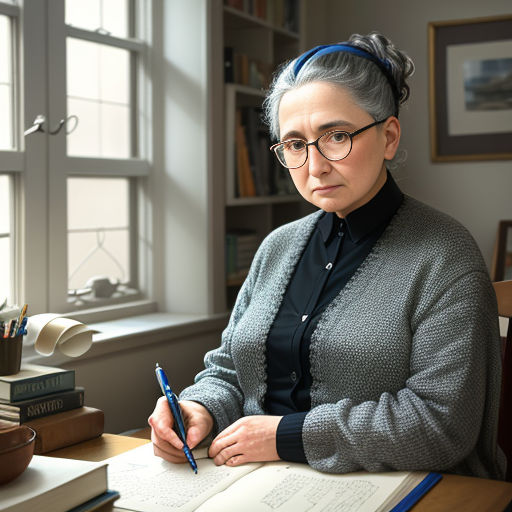
Picasso's influence extends to literature as well. Gertrude Stein’s "If I Told Him: A Completed Portrait of Picasso" is a tribute to her friend's creativity.

Even when Picasso reached his 90s, he never stopped creating. He kept exploring new styles and techniques, demonstrating his love for art till his last breath.
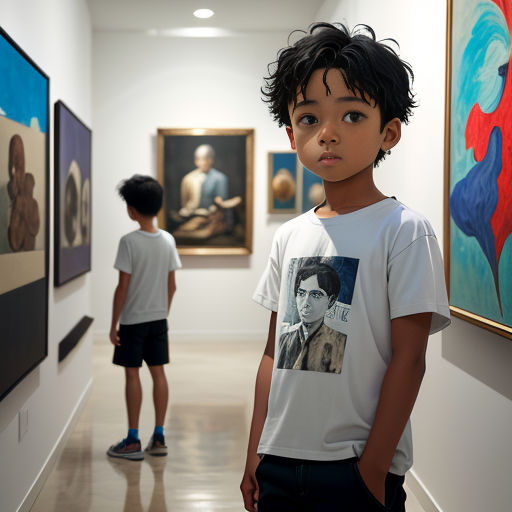
In 1973, Picasso breathed his last in Mougins, France. The world mourned the loss of one of the greatest artists of all time. His legacy still lives on.
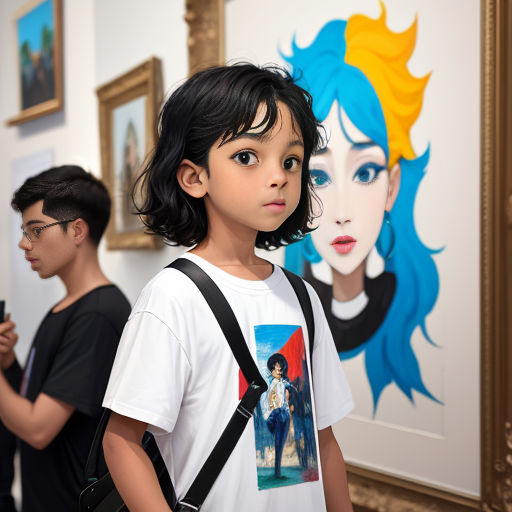
Today, Picasso’s works are some of the most valued pieces in the world. His paintings have broken records, with "Les femmes d'Alger" selling for $179.4 million.

Picasso’s art and his contribution to modern art are celebrated worldwide. His works continue to inspire countless artists and art aspirants.
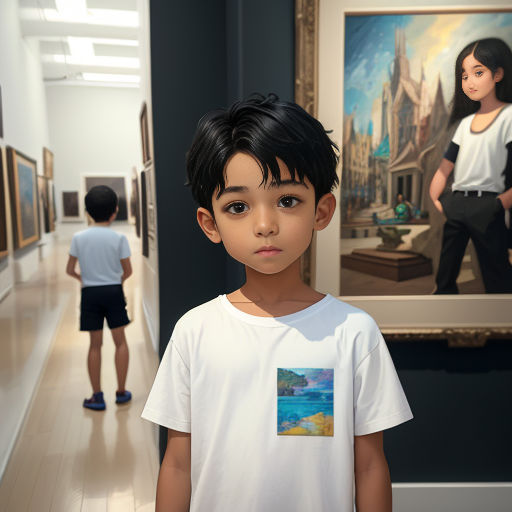
His works are held in many of the world's most prestigious museums, like the Museum of Modern Art in New York and the Museu Picasso in Barcelona.

Picasso's spirit of experimentation and his boldness in art-making continue to captivate viewers. His iconic status in modern art is truly well-deserved.

Picasso was not just an artist; he was an innovator who changed the way we perceive art. His works, his life, and his philosophy continue to inspire.
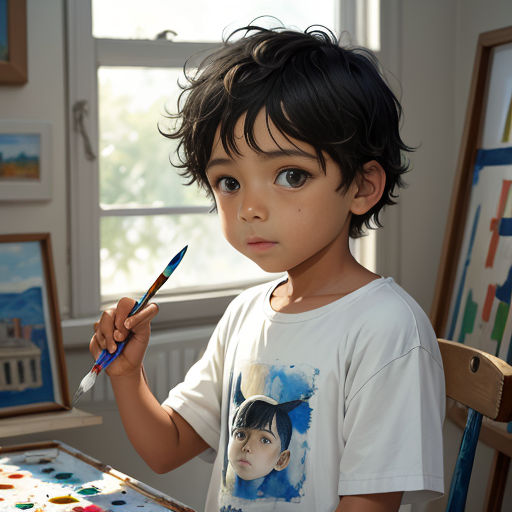
Pablo Picasso once said, "The purpose of art is washing the dust of daily life off our souls". Through his art, he indeed did this for many.
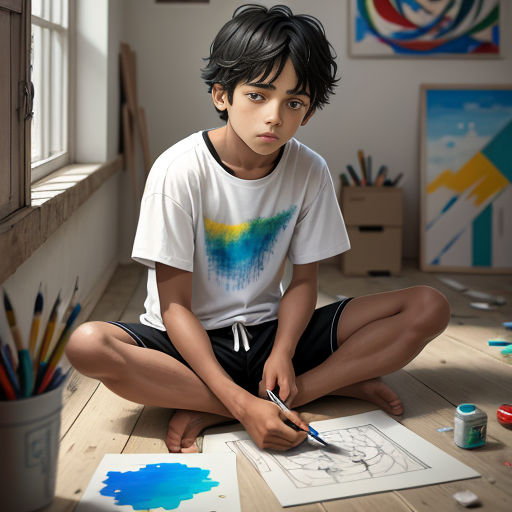
Picasso, a magician of art, painted not just what he saw but also what he felt. His journey is a testament to the power of endless creativity.
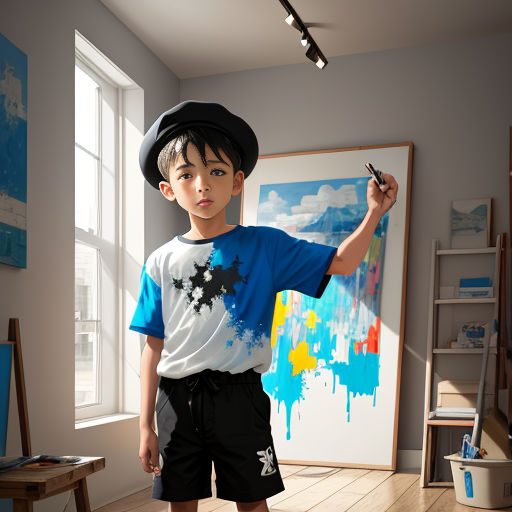
The story of Picasso is the story of a man who dared to break conventions, to redefine art, and to paint the world through his unique lens.
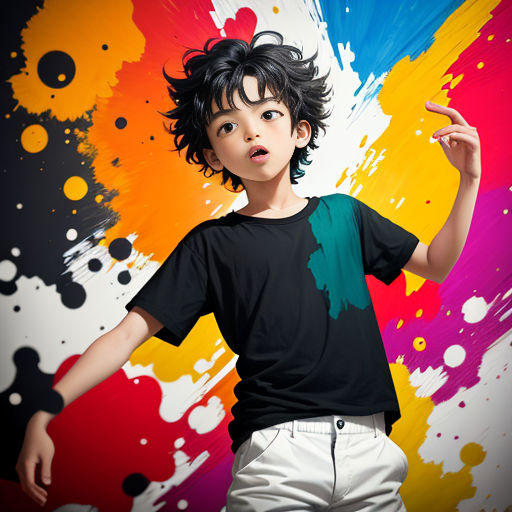
Picasso’s life was a symphony of colors, shapes, styles, and emotions. It was a life lived in art, for art, and through art.
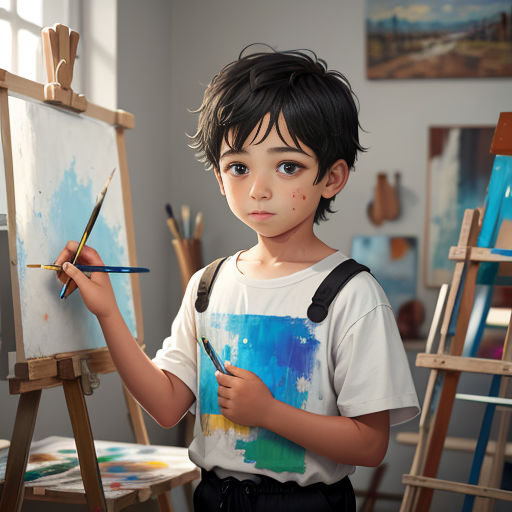
Pablo Picasso. A name that echoes through the hallways of art history. A man whose life was as extraordinary and as colorful as his paintings.

Art was Picasso's language, and with it, he told a story that was his own. His legacy, etched in color and form, continues to inspire the world.
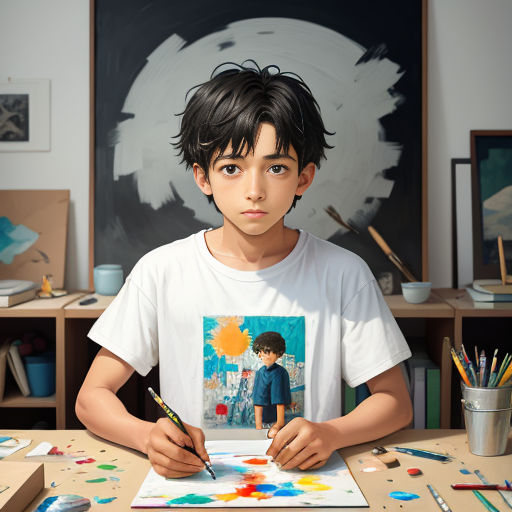
The story of Picasso is a lesson in passion, persistence, and innovation. It is a testimony to the magic that unfolds when one dares to dream.
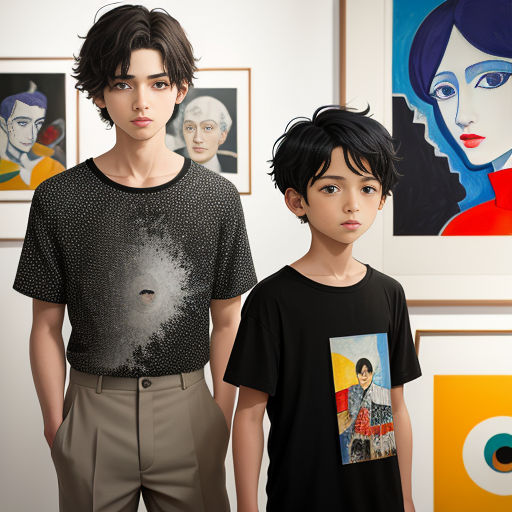
Remember Pablo Picasso, the boy from Malaga who changed the way we perceive art. Remember him through the colors, the lines, and the shapes he has left behind.
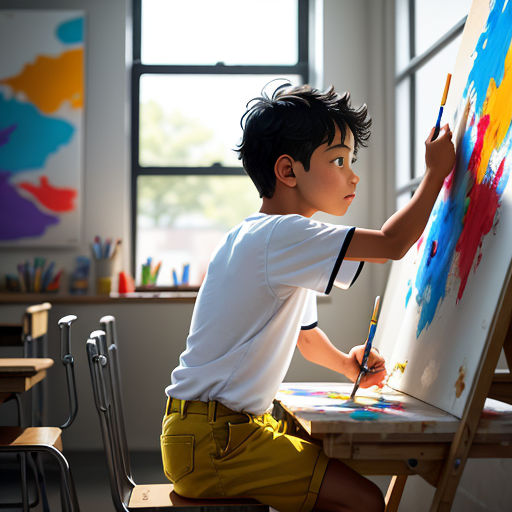
So, let's celebrate Picasso, the extraordinary man who taught us that every child is an artist and the challenge is to remain an artist once we grow up.
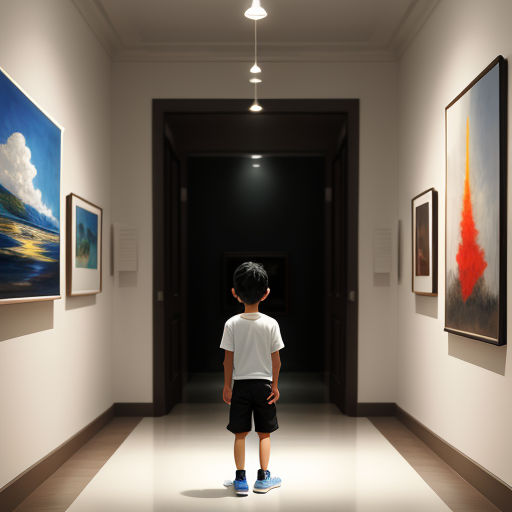
As we conclude Picasso's story, let's keep in mind his words, "Art washes away from the soul the dust of everyday life", and continue to find solace in art.